---------------------------------------------------------
There is nothing more exciting than finding that very first egg for a chicken keeper! Waiting patiently for that day can seem like forever. When summer comes to an end, new chicken keepers everywhere begin to wonder when their spring chicks will finally reward them with breakfast. So let’s take a look at when you can expect that egg and the signs to look for as the time gets closer!
Average age of first egg
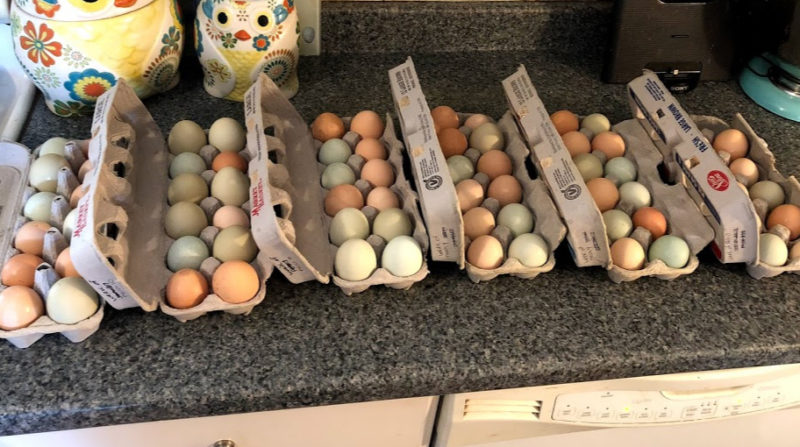
On average, you can expect the first egg anywhere between 16 and 30 weeks of age. Most chickens will lay their first egg around the 22-24 week mark. There are lots of factors that go into determining just when you will find that egg – some that are under your control and some that are out of your hands.
Breed
Breed plays a large factor in determining when that first egg appears. “Production” breeds like Red or Black Stars & Golden Comets are bred to be egg laying machines. They are smaller sized birds that grow quickly and are specifically designed & bred for egg laying. They are more likely to lay an egg around the 16 week mark. Extra large bodied chickens need longer to grow to full maturity so these birds are often the last to start laying. “Late blooming” breeds include Wyandottes, Orpingtons, & Brahmas.
Food & Water
Getting the proper nutrition is vital to the health of your chicken. To help your laying hens live up to their full breakfast-making potential, feed them right & make sure they always have access to clean water. For the first 18 weeks of life, layer chicks should get a starter/grower feed with about 18% protein.
When they approach laying age, you should switch to layer feed which has lower protein and adds calcium. Calcium is really important so your hens can make super strong eggshells! If a chick doesn’t get the proper nutrition (especially in the first 10 weeks), egg laying can be delayed as the growing chick struggles to get the nutrients it needs for it’s developing systems. Click here for my full article on feeding backyard chickens for life.
Sunlight
Did you know chickens require 14-16 hours of sunlight to produce an egg? A hen’s egg laying reproductive cycle is controlled by the pituitary gland. This is located by her eyes, just beneath the thin wall of her skull. The skull is so thin that light can penetrate it, stimulating the gland below. The pituitary gland needs 14-16 hours of daylight stored before it will signal to the ovaries to release an egg.
Chicks that are born in late summer and come of laying age in the middle of winter often are later than normal for their breed in laying their first egg (sometimes even delaying it until spring’s longer days roll around). Click here to read my article in supplementing light for laying hens in winter.

Signs to look for as your chicken nears laying age
Even if you don’t remember how old your girls are or what breed they are, there are a few tell tale signs that the first egg isn’t far off
*comb & wattles turn bright red – their previously pink or peach colored comb will get bigger and turn bright red. This signals to the roosters that a pullet is fertile and ready for mating, but also signals to the chicken farmer that eggs are on the horizon! click here to read more about chicken combs & wattles
*glossy, healthy, adult size feathers – again another natural sign to roosters that a hen is fertile and healthy
*nesting behaviors – as your pullet nears maturity she will start scoping out the nest situation. She will investigate the nest boxes or corners of the coop and might spend some time sitting in them or adding feathers and arranging shavings.
*submissive squat – the most telling sign that you can expect an egg (usually within the next week) is your hen doing a submissive squat. This is the position a hen assumes for mating. They sort of squat down low to the ground and spread their wings out a bit. If you don’t have a rooster in your flock, you might notice your pullet doing this squat either in front of you or the lead hen.
The first egg
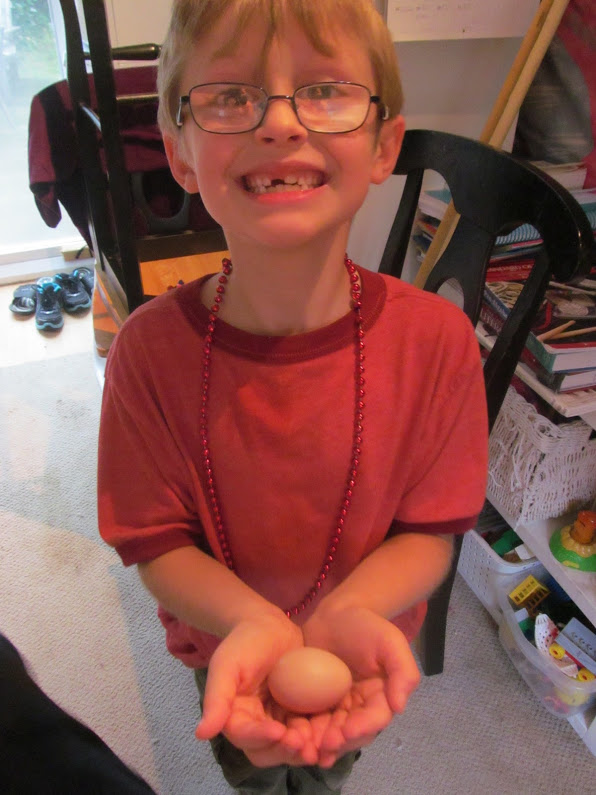
You spent 6 months waiting and waiting for that first egg – congratulations it’s here! ………and it’s tiny!? Many new chicken keepers are surprised (and maybe disappointed) when they see the first egg and compare it to the eggs they are used to from the grocery store. Your chicken just needs practice.
The first few dozen eggs your hen lays are likely to be on the small size as her reproductive system finishes developing. The color can also be pale or uneven across the shell and will usually darken up a bit over the coming months. It is also not usual for early eggs to be strange in shape, sometimes extra long or with a bulge on one end. These early eggs are perfectly fine to eat, they are all just cosmetic issues!
Unusual Eggs
Extra unusual eggs in the first few months of laying are not uncommon. “Fairy eggs” are extra small eggs, sometimes as small as a quarter, they usually have no yolk. Often they are laid outside of the nest box, I think they sneak up on and surprise a new layer!
Shell-less eggs are really interesting – a fully formed egg encased in a membrane but there is no shell around it!
Bumps on the shells, usually in clusters, are caused from calcium deposits and can be totally normal in the beginning.
Egg in an egg – a fully formed egg that for some reason reversed in the oviduct and either got a second shell or even a second yolk!

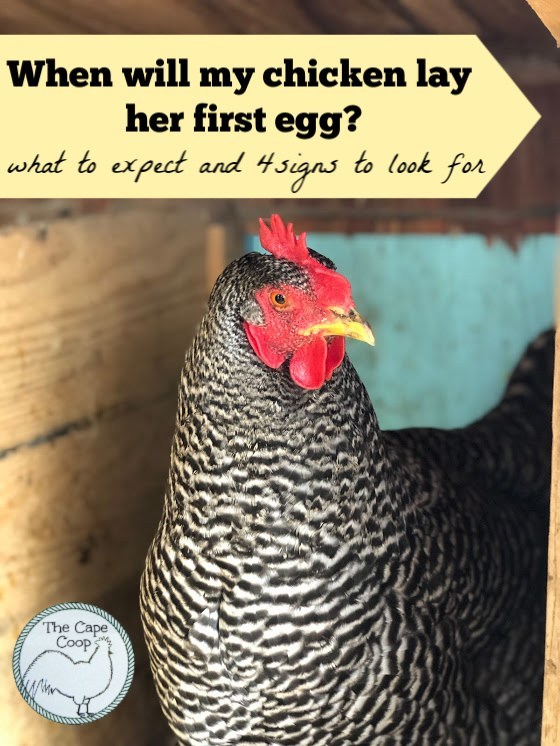

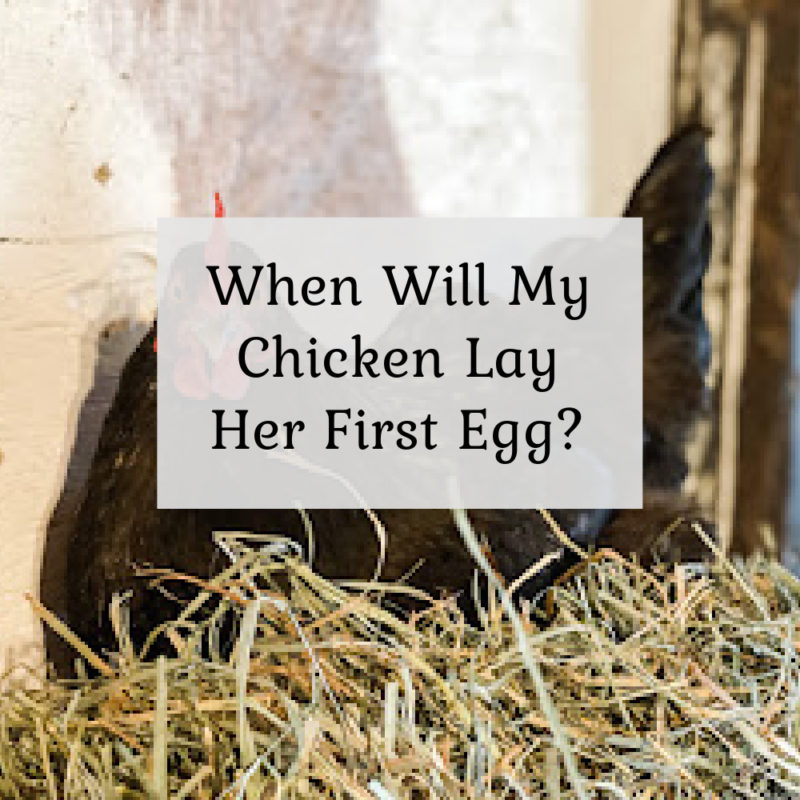

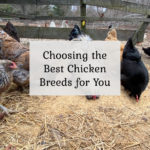


Pops
Saturday 11th of September 2021
Thank you so very much for the information. I was wondering about the submissive stance and our little winkin’s posturing. She is the first of five in our feathered family to go through the change. I was worried that she may be ill (we have many wild berries around our farm) and was going to load her up and take her to the Vet. but now I’m in a wait and see mode. Any way I ramble…thank you again. Sincerely, Pops Fitch Post script: I was raised on a small farm in Southern Calif. and our chickens were totally free range with roosters.
Liz
Monday 13th of September 2021
I'm glad I could help - I hope it's just a sign eggs are on the way soon!
Kerry Lusby
Saturday 21st of August 2021
We got our first egg today! Based on your info, I think it was a RIR. it’s comb got so big and red we thought it was a rooster. LOL Can we expect an egg daily now?
Betty
Tuesday 14th of September 2021
Thanks, she is a lot better this morning and laid a soft-shelled egg late last night but we will definitely give the apple cider vinegar a go!
Liz
Monday 23rd of August 2021
Yay!! That first egg is always so exciting! It can take a couple weeks while they get the hang of egg laying. In those first weeks, the eggs are usually smaller than normal, may have calcium deposits, may be laid outside the nest box, and may not be as regular. You can expect 4-6 eggs per week from your girls with a few exceptions. They don't lay much during molting (your girls won't molt their first year, but next fall they will and eggs will slow or stop). They also don't lay as often during short winter days. A chicken needs 14 hours of daylight to produce an egg. So in the spring/summer you might get 5-6 eggs a week per bird, but in the winter it might only be 2-3 eggs per week. Enjoy them!
Betty
Thursday 12th of August 2021
Fascinating article. I am a new chicken mum, we have 2 wyandottes, and rhode island red, and a brahma. I was just curious, they are nearing the 20 week mark now, the wyandottes and brahmas tend to lay later, but the rhodie is bottom of the pecking order. Is the rhode island red likely to lay first? Also, the wyandottes have relatively small combs and wattles, yet they are consistently bright red in the face. Is this a sign or does it mean anything?
Liz
Monday 16th of August 2021
You should be seeing eggs any day! The Wyandottes and Brahma being very large breeds are typically later layers as it takes longer to get to full grown size. The RIR should be the first to start laying, but much like humans hitting puberty everyone is a little different so she could just be a late bloomer. Wyandottes have a rose comb, they stay small and flat, so they are just as they are suppose to look. But the fact that they are bright red means they are coming close to laying their first eggs!
Joli
Monday 7th of September 2020
Hi there. Thanks for this informative article. I have two older ladies and two youngsters. We got them at the same time - April 26th. So they’re about 4 mo old. One is an Easter egger and one is a Wyandotte lace wing. they both started laying eggs about the same time. The Easter egger started about a week before the Wyandotte lace wing - on 7/26. She laid some very small, beautiful, light blue eggs. We were thrilled. she may have laid 2 -6 (my daughter and i can’t remember how many) and then just stopped. She’s laid no eggs since then. After reading your article, I went outside and looked at her Wattles and comb. She has no wattles and a small, light pink comb. Very small ears i guess. She definitely doesn’t do a submissive squat. She still gets the zoomies (runs around excitedly) a lot, like she did with her sister when she was little. She also still flys over the fence, which her sister, who is laying, no longer does. Any thoughts about what could be causing this? Is she not developed?
Liz
Monday 7th of September 2020
Different breeds have different shaped and sized combs & wattles, so it's hard to compare hers to her sister's. Easter Eggers usually have a beard hiding their wattles and a small pea comb. If she has already laid some eggs, she is mature. The other indicators you mentioned are personality things. Not all birds do a submissive squat in front of the humans, some only do it in front of a rooster, or in front of the lead hen, and some just don't ever do it. Having extra energy could also just be a personality thing, she might just be a flighty bird lol. Retaining the ability to fly has more to do with their body size than maturity. While it is true that before they are mature, most of them can fly a bit to clear a fence, it's because they haven't put on the body weight of a full grown hen. Wyandottes are heavy hens, so it's not surprising her sister is having issues clearing the fence now that she is mature. Easter Eggers are actually "mutts", they are mixed breeds that retain a blue egg laying gene. So it's hard to say what her final weight will be, I have two of them, one is very heavy and the other is much smaller boned. I have some hens that are over 7 years old that are still able to escape their 4 foot fence by flying over (including that smaller Easter Egger). My guess is that your hen is still laying - but she is escaping her pen and finding her own nest. If you follow her in the morning, I bet she will lead you right to it. If having her escape is troublesome for you, I would suggest you look up some video tutorials on clipping their wings. It is harmless, like a haircut
bushssang
Wednesday 27th of November 2019
Interesting information, I'm raising a pair of chickens and it's hatching eggs